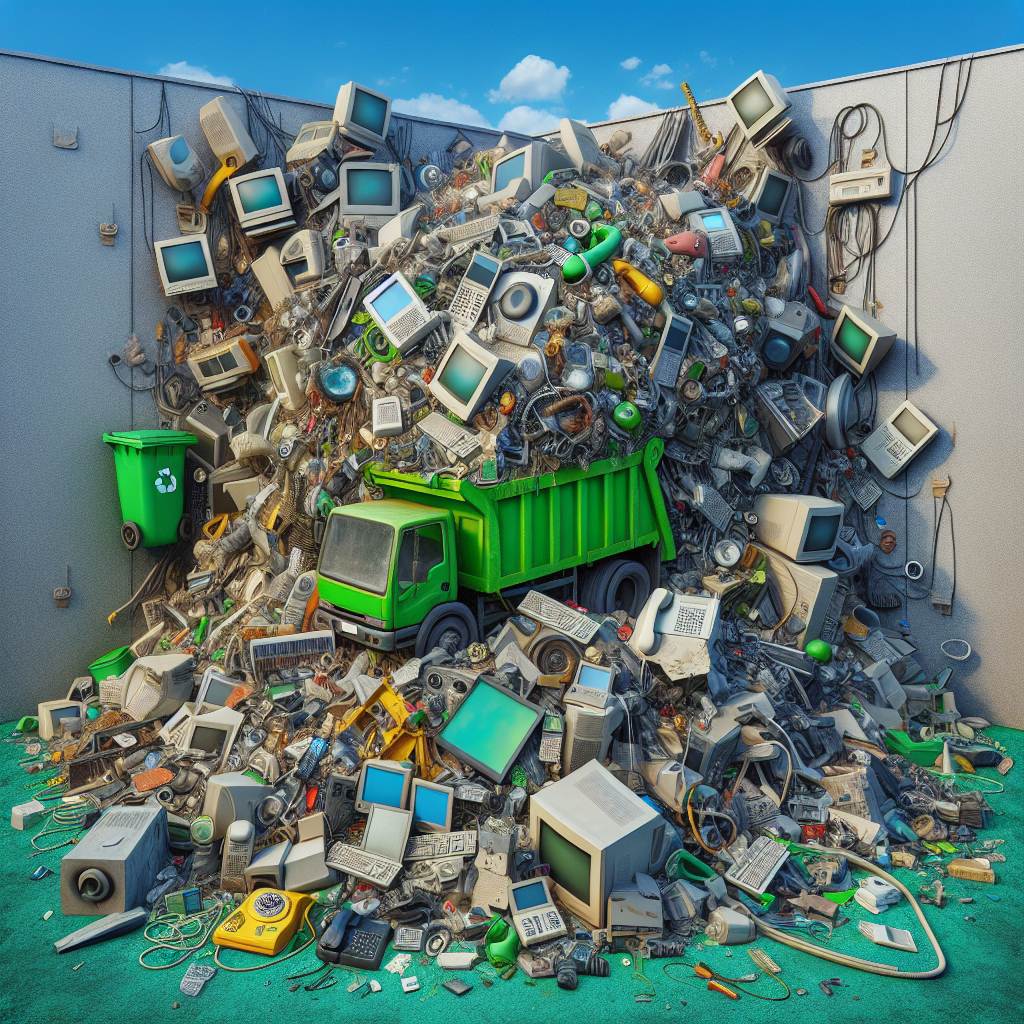Blog Ecobraz Eigre

What e-waste is and why it is the biggest environmental challenge of the 21st century
Definition of electronic waste
Electronic waste, also known as e-waste, refers to all discarded electronic devices that are no longer useful or are broken. This waste includes cell phones, computers, televisions, chargers, batteries and various other devices that are part of our daily lives.
Why is electronic waste an environmental problem?
The main problem with electronic waste lies in its growing volume and the complexity of its disposal. With rapid technological advances and the constant replacement of equipment, the amount of waste increases exponentially. In addition, many of these devices contain toxic substances such as lead, mercury and cadmium, which can contaminate the soil, water and air if not disposed of properly.
Health and environmental impacts
When e-waste is disposed of incorrectly, the hazardous substances present in the components can cause serious damage to human health, including neurological and respiratory problems and even cancer. From an environmental point of view, this waste can pollute the soil, seep toxins into groundwater and affect entire ecosystems, compromising biodiversity.
Challenges in recycling and reuse
The recycling of e-waste faces technical and economic challenges. Many devices are made up of a complex mixture of materials that require specific procedures to separate and recover precious metals such as gold, silver and copper. In addition, improper disposal at unauthorized sites exacerbates pollution. The lack of awareness and adequate infrastructure makes it difficult to manage this waste sustainably.
Initiatives and solutions to the e-waste problem
To tackle the e-waste challenge, recycling initiatives and selective collection programs have become increasingly common. Environmental education and consumer awareness, encouraging reuse and correct disposal, are fundamental. Public policies that regulate the disposal of devices and promote shared responsibility between manufacturers, consumers and recyclers are essential for reducing environmental impacts.
The role of technological innovation
Technological innovation can also be an ally in combating the problem, through the development of more durable, modular and easily recyclable devices. Technologies that make it possible to recover materials more efficiently can reduce the extraction of natural resources and reduce the volume of waste generated.
Conclusion
Electronic waste represents one of the greatest environmental challenges of the 21st century due to its accelerated growth, complexity in disposal and risks to health and the environment. Overcoming this problem depends on a joint effort in the search for sustainable solutions, involving education, efficient public policies and technological advances.

Deixe um comentário
O seu endereço de e-mail não será publicado. Campos obrigatórios são marcados com *